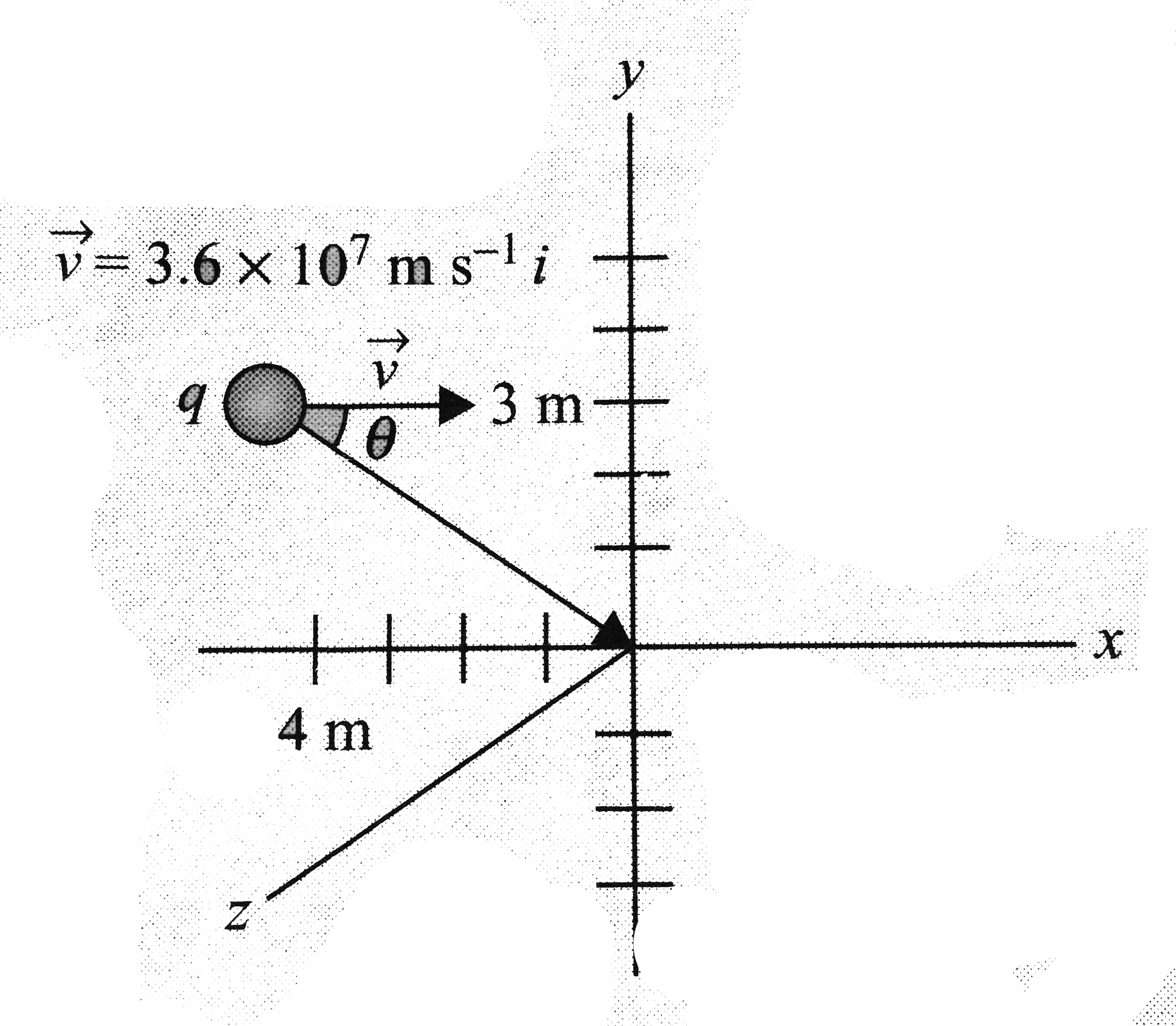If , then write
To find the intersection of the sets A and B, we need to determine the common elements between them.
1. Define the Sets:
- Set A={(x,y):y=ex,x∈R}
- Set B={(x,y):y=e−x,x∈R}
2. Find Common Elements:
- We need to find pairs (x,y) that satisfy both equations:
y=exandy=e−x
- Setting the two expressions for y equal to each other:
ex=e−x
3. Solve the Equation:
- Rewrite e−x as 1ex:
ex=1ex
- Multiply both sides by ex (assuming ex≠0):
(ex)2=1
4. Take the Square Root:
- Taking the square root of both sides:
ex=1orex=−1
- Since ex is always positive, we only consider:
ex=1
5. Solve for x:
- Taking the natural logarithm of both sides:
x=ln(1)=0
6. Find Corresponding y:
- Substitute x=0 back into either equation to find y:
y=e0=1
7. Conclusion:
- The only common element in the intersection A∩B is:
A∩B={(0,1)}
Final Answer:
A∩B={(0,1)}
---
- Set A={(x,y):y=ex,x∈R}
- Set B={(x,y):y=e−x,x∈R}
- We need to find pairs (x,y) that satisfy both equations:
y=exandy=e−x
- Setting the two expressions for y equal to each other:
ex=e−x
- Rewrite e−x as 1ex:
ex=1ex
- Multiply both sides by ex (assuming ex≠0):
(ex)2=1
- Taking the square root of both sides:
ex=1orex=−1
- Since ex is always positive, we only consider:
ex=1
- Taking the natural logarithm of both sides:
x=ln(1)=0
- Substitute x=0 back into either equation to find y:
y=e0=1
- The only common element in the intersection A∩B is:
A∩B={(0,1)}
A∩B={(0,1)}
Topper's Solved these Questions
Similar Questions
Knowledge Check
If A={(x,y):y=1x,0≠x∈R},B={(x,y):y=−x,x∈R} then (i) A∩B=A (ii) A∩B=B (iii) A∩B=ϕ (iv) A∪B=A
AA∩B=ABA∩B=BCA∩B=ϕDA∪B=A
ifA={(x,y):x2+y2=4,x,y∈R}and
B={(x,y):x2+y2=9,x,y∈R},then
View SolutionIf A={(x,y}: y=3x,y∈R} and B={{x,y}:y=x,x,y∈R} then which of the following is true?
View SolutionIn some question of sets, we have to make the use of graphs
For example
A={(x,y):y=ex,x∈R}
B={{x,y}:y=−x.x∈R}
Find n(A∩B)

It is clear that y=exandy=−x intersect at one pont. Hence n(A∩B)=1
A={(x,y):x2+y2≤2,x,y∈R}
B={{x,y):y≥x2,x,y∈R}
View SolutionIf the sets A and B are defined are defined as A={(x,y):y=ex,x∈R},B={(x,y):y=x,x∈R}then
View SolutionLet R={(x,y):x,y∈Z, y=2x−4}If (a,−2) and (4,b2)∈R, then write the values of a and b.
View SolutionA point chanrge of magnitude q=4.5nC is moving with speed v=3.6×107ms−1 parallel to the x-axis along the line y=3m. Find the magnetic field at the origin produced by this charge when the charge is at the point x=−4m, y=3m, as shown in Fig.

View SolutionIn some question of sets, we have to make the use of graphs
For example
A={(x,y):y=ex,x∈R}
B={{x,y}:y=−x.x∈R}
Find n(A∩B)

It is clear that y=exandy=−x intersect at one pont. Hence n(A∩B)=1
A:{(x,y):y=√4−x2,x∈[−2,2]}
B={(x,y):y=|x|,x∈R}
Then n(A∩B)
View Solution
